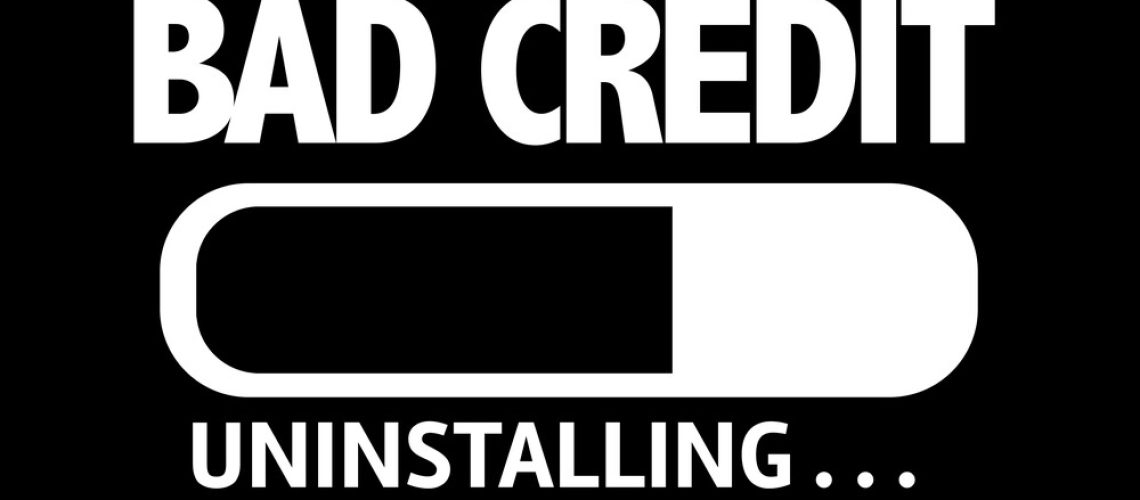As you are no doubt aware, credit reporting reform is well and truly underway and credit files are slowly changing to contain more data as a part of the move to a more positive reporting platform. A positive reporting platform means positive outcomes such as loans being serviced and retired without incident are now recorded in a credit file, as well as the negatives such as late payments or defaults. The idea is to provide a far more rounded and objective summary of a person or companies profile. So how does the credit reporting reform impact credit repair?
While credit providers already have the ability to provide this information to the credit reporting agencies it is taking some time for this data to show on credit files. I feel one of the reasons for this is the method for providing this data is no doubt complex and credit providers and credit reporting agencies both want to make absolutely sure that the information being displayed is correct prior to making it available to third parties. After all, any document is only as good as the accuracy of the data.
How does credit repair work?
Let’s quickly touch on how credit repair works. Having a negative listing such as a default removed from a credit file is generally based on the process the credit provider followed, or in many cases didn’t follow leading up to recording the listing. It’s not always about whose account it is or even if money was or wasn’t owed.
When a credit listing is removed from a credit file, in most cases the person’s credit score will be positively affected and given the score is increased sufficiently, that person may be in a position to secure credit where prior it was not possible due to the negative listing. Some credit providers do have an issue with this as they hold the view that given the account in question was behind at the time the default listing was made, having it removed on the basis the law was not followed is not in itself sufficient reason for the removal of the offending item. I’m not going to comment on this view, however to suggest this is the same as the courts still sending people to prison even if due legal process was not followed. This is Australia not North Korea and I don’t think anyone would want a legal system like that. While credit providers have a right to list a default if an account is sufficiently in arrears, like all of us they also have a legal obligation to comply with the law.
The root of the objection is clear, credit providers want to be able to make correct decisions when deciding to approve or decline an application for credit. If a default has been removed from a credit file they feel this has the capacity to impact their ability to make correct decisions, some even suggested that credit repair undermines their credit scoring systems and adds potential risk to their portfolios.
The truth is most credit providers would like to see the demise of the credit repair industry for this very reason. I feel the introduction of positive credit reporting and the inclusion of loan repayment histories may give credit providers what they want while still giving credit repair companies room to offer their services and provide a benefit to the consumer.
Comprehensive credit reporting
In the future it will be common for a credit provider to not only list a default for a delinquent account but also provide the repayment history that lead to the default being recorded. This means that other credit providers will have two points of reference; the default itself along with repayment history of the account in question and even if the default was removed on the basis that the listing party did not follow the necessary legal process, the repayment history would remain. It would mean that another credit provider could still make an objective and informed credit decision even with the absence of the default listing.
Some may see this as the end of credit repair however I think differently…
What about credit repair in the future?
Many credit providers will react differently to a default listing than a payment history with some missed payments. For some a default could mean an automatic decline where late payments may still mean the application could be considered for approval.
There is little doubt that in most cases a default being removed from a credit file will result in an improved credit score even if the account conducted was questionable and could lead to less system declines. That would at least give the borrower a chance to explain what happened and hopefully secure the credit they need.
It’s still early days and how this actually plays out is yet to be seen, however I’m confident that credit reporting reform is a good thing for all concerned and we might yet see a time where credit providers and the credit repair industry can exist together, if not in harmony then at least in toleration!
John Dickinson

